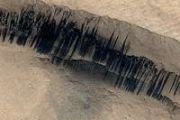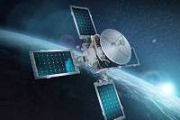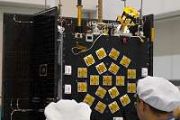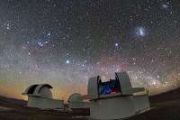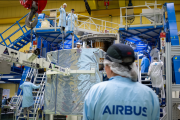
Copernical Team
Cheops explores mysterious warm mini-Neptunes
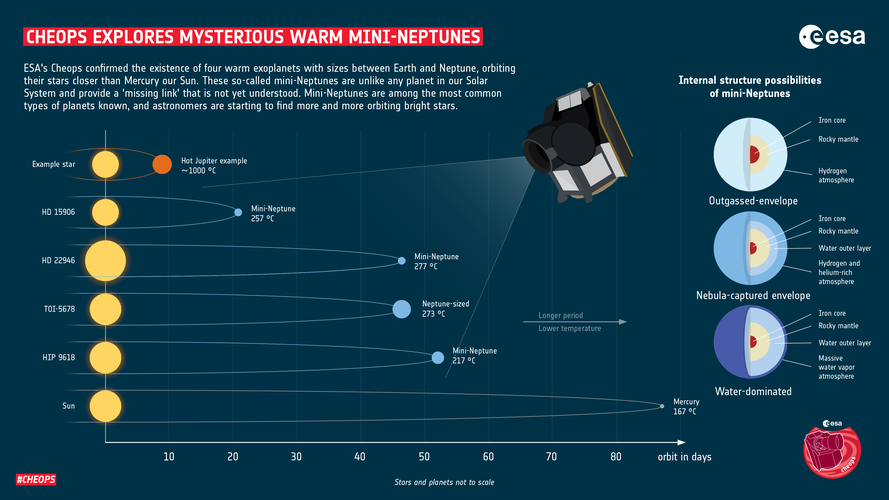 Image:
Image:
ESA’s exoplanet mission Cheops confirmed the existence of four warm exoplanets orbiting four stars in our Milky Way. These exoplanets have sizes between Earth and Neptune and orbit their stars closer than Mercury our Sun.
These so-called mini-Neptunes are unlike any planet in our Solar System and provide a ‘missing link’ between Earth-like and Neptune-like planets that is not yet understood. Mini-Neptunes are among the most common types of exoplanets known, and astronomers are starting to find more and more orbiting bright stars.
Mini-Neptunes are mysterious objects. They are smaller, cooler, and more difficult to find than the so-called hot
25 years of Copernicus
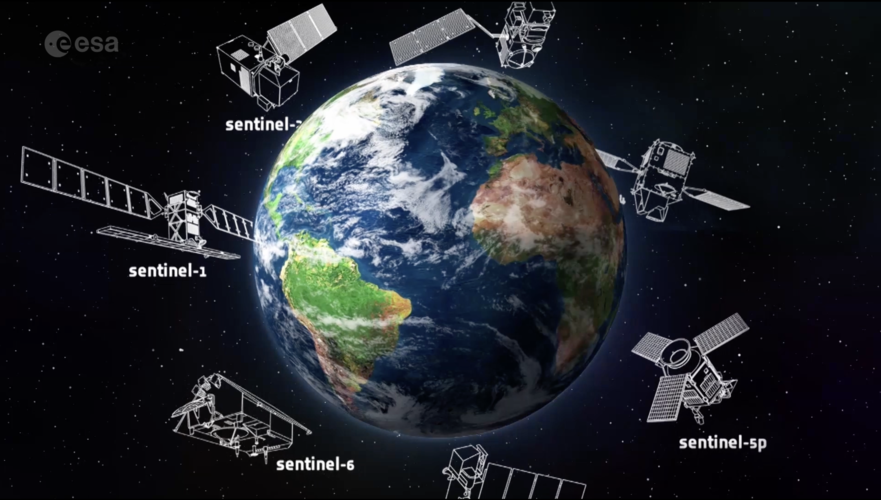 Video:
00:05:05
Video:
00:05:05
25 years ago, Copernicus set out to transform the way we see our planet. It is the largest environmental monitoring programme in the world. Learn more about the Copernicus programme and the Sentinel satellite missions developed by ESA.
Space colonies: How artificial photosynthesis may be key to sustained life beyond Earth
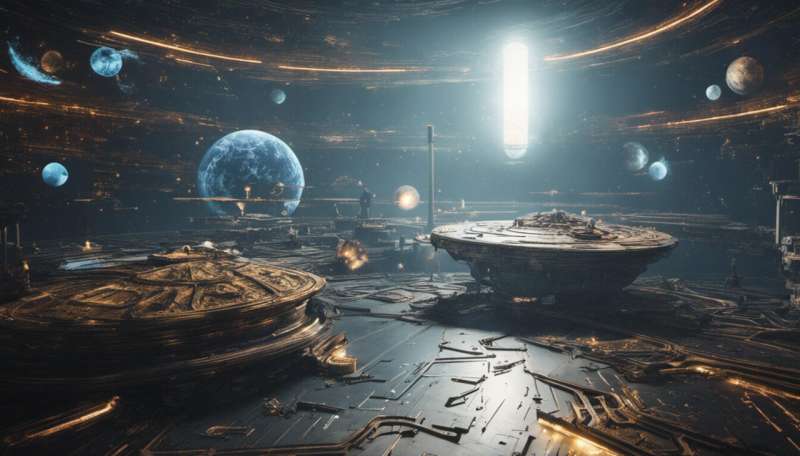
Life on Earth owes its existence to photosynthesis—a process which is 2.3 billion years old. This immensely fascinating (and still not fully understood) reaction enables plants and other organisms to harvest sunlight, water and carbon dioxide while converting them into oxygen and energy in the form of sugar.
Photosynthesis is such an integral part of Earth's functioning that we pretty much take it for granted. But as we look beyond our own planet for places to explore and settle on, it is obvious how rare and valuable the process is.
As my colleagues and I have investigated in a new paper, published in Nature Communications, recent advances in making artificial photosynthesis may well be key to surviving and thriving away from Earth.
The human need for oxygen makes space travel tricky. Fuel constraints limit the amount of oxygen we can carry with us, particularly if we want to do long-haul journeys to the moon and Mars. A one-way trip to Mars usually takes on the order of two years, meaning we can't easily send supplies of resources from Earth.
Airbus develops a system to extract oxygen and metal from lunar regolith
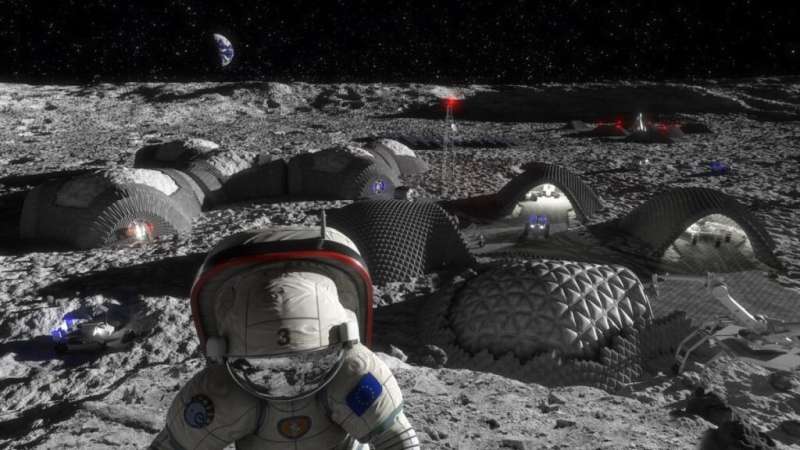
New technologies using material found in space are constantly popping up, sometimes from smaller companies and sometimes from larger ones. Back in 2020, one of the largest companies of them all announced a technology that could have significant implications for the future lunar exploration missions planned over the next ten years. The European aerospace giant Airbus developed the Regolith to OXYgen and Metals Conversion (ROXY) system.
ROXY creates not only oxygen, a resource vital for humans to breathe and also for rocket fuel, but also makes metals that can be used to manufacture tools, equipment, and even structures on the Moon. And it does it simply from the regolith that is present everywhere on the lunar surface.
First Mars livestream: the movie
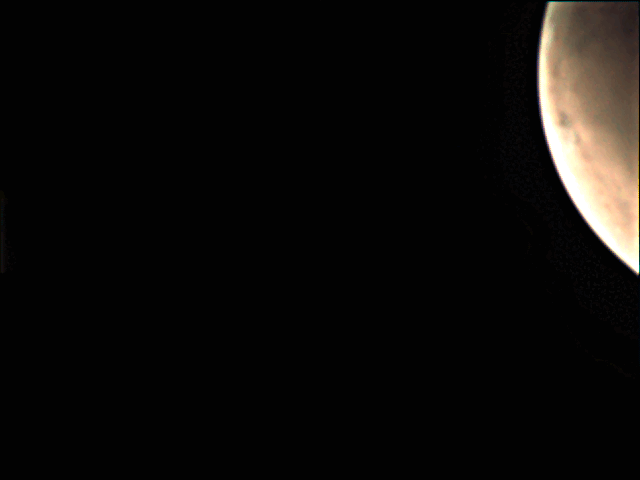 Image:
First Mars livestream: the movie
Image:
First Mars livestream: the movie Parker Solar Probe flies into the fast solar wind and finds its source
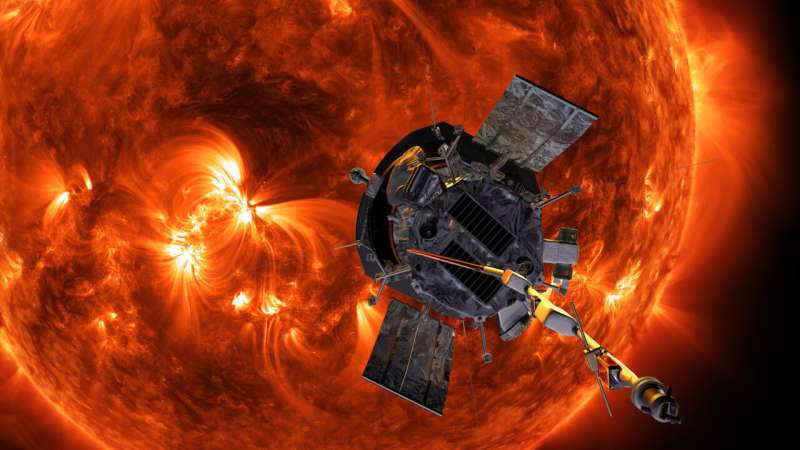
NASA's Parker Solar Probe (PSP) has flown close enough to the sun to detect the fine structure of the solar wind close to where it is generated at the sun's surface, revealing details that are lost as the wind exits the corona as a uniform blast of charged particles.
It's like seeing jets of water emanating from a showerhead through the blast of water hitting you in the face.
In a paper to be published in the journal Nature, a team of scientists led by Stuart D.
Nicolas Bobrinsky on space safety | ESA Masterclass
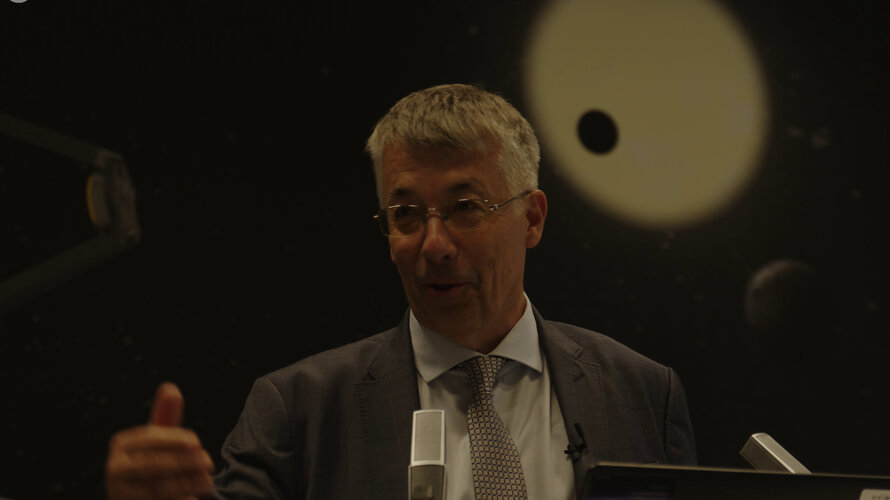 Video:
00:13:21
Video:
00:13:21
Satellites in orbit underpin our modern lives. They are used in many areas and disciplines, including space science, Earth observation, meteorology, climate research, telecommunication, navigation and human space exploration. However, as space activities have increased, a new and unexpected hazard has started to emerge: space debris.
If space debris – uncontrolled human-made objects such as spent upper stages of rockets and pieces of satellites – hits a satellite, it could cause serious damage, which can even end a mission (as has happened in the past). If debris crashes on Earth’s surface, it could potentially hit populated areas.
In this second video, Nicolas looks back on the first key
25 times Copernicus made the headlines

Twenty-five years ago, Copernicus set out to transform the way we see our planet. Now, well established as the largest environmental monitoring programme in the world, it returns a whopping 16 terabytes of high-quality data every single day. To mark a quarter-century of European success in space, we look back at a selection of 25 Copernicus highlights.
Next-Gen relay ground stations to transform Pacific's Missile-Warning System
 Northrop Grumman Corporation has announced a major step towards upgrading the U.S. Naval Information Warfare Center's (NIWC Pacific) ground station relay in Asia. After a successful preliminary design review (PDR) of the Relay Ground Station-Asia (RGS-A), the company is set to connect both legacy and next-generation satellites with end users, marking an important milestone in the transformation
Northrop Grumman Corporation has announced a major step towards upgrading the U.S. Naval Information Warfare Center's (NIWC Pacific) ground station relay in Asia. After a successful preliminary design review (PDR) of the Relay Ground Station-Asia (RGS-A), the company is set to connect both legacy and next-generation satellites with end users, marking an important milestone in the transformation UCF College of Medicine joins partnership to study health impacts of space travel
 As space travel becomes more accessible, the University of Central Florida College of Medicine is helping to answer questions about how time spent in space affects the body.
The College of Medicine has partnered with the NASA-funded Translational Research Institute for Space Health (TRISH) to collect data and biospecimens from commercial spaceflight participants to better understand how sp
As space travel becomes more accessible, the University of Central Florida College of Medicine is helping to answer questions about how time spent in space affects the body.
The College of Medicine has partnered with the NASA-funded Translational Research Institute for Space Health (TRISH) to collect data and biospecimens from commercial spaceflight participants to better understand how sp 














